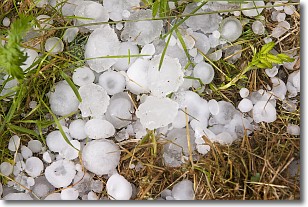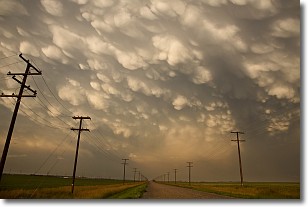Weather Alert in Hawaii
Red Flag Warning issued August 3 at 3:18AM HST until August 3 at 6:00PM HST by NWS Honolulu HI
AREAS AFFECTED: Niihau; Kauai South; Kauai Southwest; East Honolulu; Honolulu Metro; Ewa Plain; Waianae Coast; Oahu North Shore; Central Oahu; Waianae Mountains; Molokai North; Molokai West; Molokai Leeward South; Lanai Windward; Lanai Leeward; Lanai South; Lanai Mauka; Kahoolawe; Maui Leeward West; Maui Central Valley North; Maui Central Valley South; South Maui/Upcountry; South Haleakala; Big Island South; Big Island Southeast; Kohala; Big Island Interior
DESCRIPTION: ...A RED FLAG WARNING REMAINS IN EFFECT THROUGH THIS AFTERNOON FOR GUSTY WINDS AND LOW HUMIDITIES... .Dry and locally windy trade winds will produce critical fire weather conditions through this afternoon. Winds will be strongest over and downwind of higher terrain...especially this afternoon. While winds will begin a slowly decline later today, critical fire weather conditions are expected as dry weather persists over leeward areas. * AFFECTED AREA...Leeward areas of the Hawaiian Islands and interior sections of Big Island. * TIMING...Until 6 PM HST this evening. * WINDS...East 15 to 25 mph with gusts up to 40 mph. * RELATIVE HUMIDITY...Lower 40s to near 50 percent. * IMPACTS...A combination of strong winds, low relative humidity, and dry fuels can contribute to extreme fire behavior. Any fires that develop will rapidly spread. A Red Flag Warning does not predict the commencement of new fires.
INSTRUCTION: Outdoor burning is not recommended. Heat from vehicle exhaust systems can ignite dry grass. Park cars on areas that are paved or where vegetation is trimmed and cleared. High winds contribute to wildfire hazard. Delay activities that could throw off sparks until the wind dies down. A Red Flag Warning means that critical fire weather conditions are either occurring now or will shortly. A combination of strong winds, low relative humidity, and warm temperatures can contribute to extreme fire behavior. A Red Flag Warning does not predict new fire starts.
Want more detail? Get the Complete 7 Day and Night Detailed Forecast!
Current U.S. National Radar--Current
The Current National Weather Radar is shown below with a UTC Time (subtract 5 hours from UTC to get Eastern Time).

National Weather Forecast--Current
The Current National Weather Forecast and National Weather Map are shown below.

National Weather Forecast for Tomorrow
Tomorrow National Weather Forecast and Tomorrow National Weather Map are show below.

North America Water Vapor (Moisture)
This map shows recent moisture content over North America. Bright and colored areas show high moisture (ie, clouds); brown indicates very little moisture present; black indicates no moisture.

Weather Topic: What is Hail?
Home - Education - Precipitation - Hail
 Next Topic: Hole Punch Clouds
Next Topic: Hole Punch Clouds
Hail is a form of precipitation which is recognized by large solid balls or
clumps of ice. Hail is created by thunderstorm clouds with strong updrafts of wind.
As the hailstones remain in the updraft, ice is deposited onto them until their
weight becomes heavy enough for them to fall to the earth's surface.
Hail storms can cause significant damage to crops, aircrafts, and man-made structures,
despite the fact that the duration is usually less than ten minutes.
Next Topic: Hole Punch Clouds
Weather Topic: What are Mammatus Clouds?
Home - Education - Cloud Types - Mammatus Clouds
 Next Topic: Nimbostratus Clouds
Next Topic: Nimbostratus Clouds
A mammatus cloud is a cloud with a unique feature which resembles
a web of pouches hanging along the base of the cloud.
In the United States, mammatus clouds tend to form in the warmer months, commonly
in the Midwest and eastern regions.
While they usually form at the bottom of a cumulonimbis cloud, they can also form
under altostratus, altocumulus, stratocumulus, and cirrus clouds. Mammatus clouds
warn that severe weather is close.
Next Topic: Nimbostratus Clouds
Current conditions powered by WeatherAPI.com




